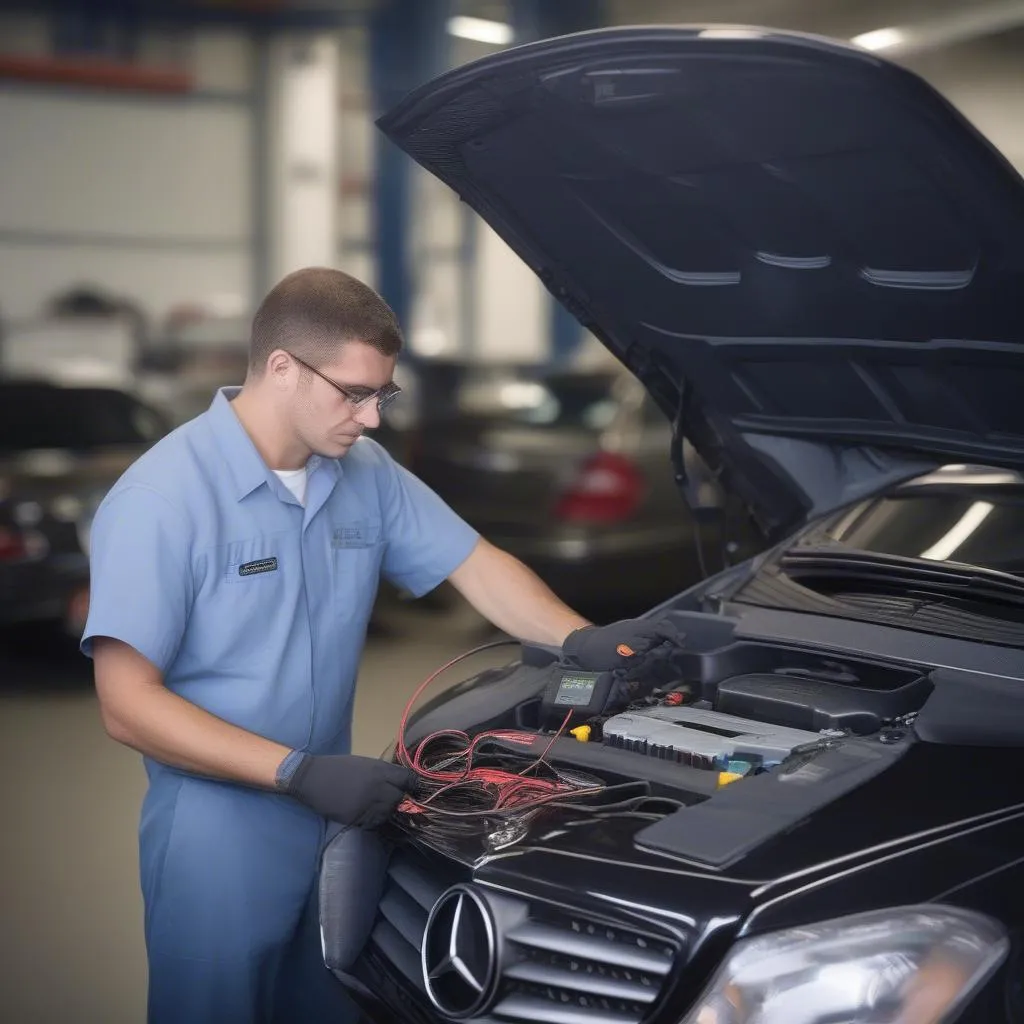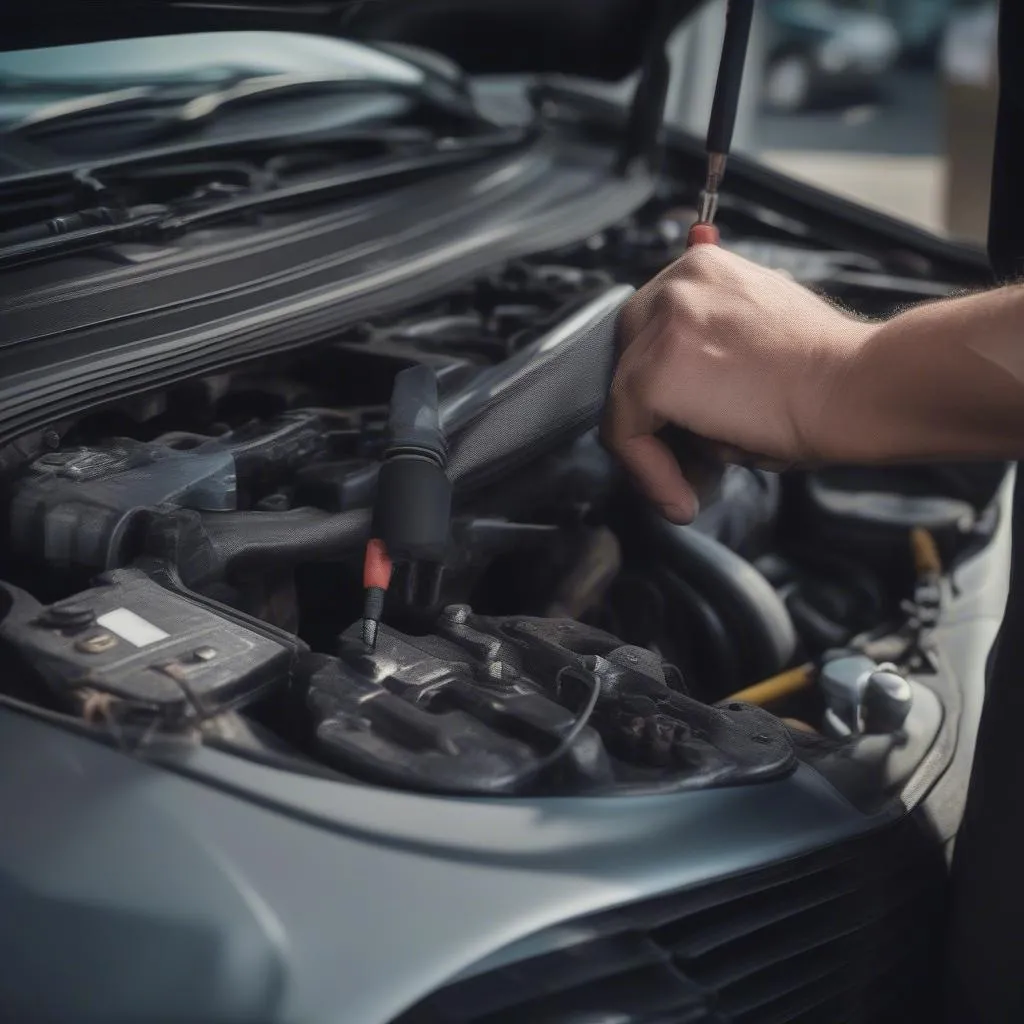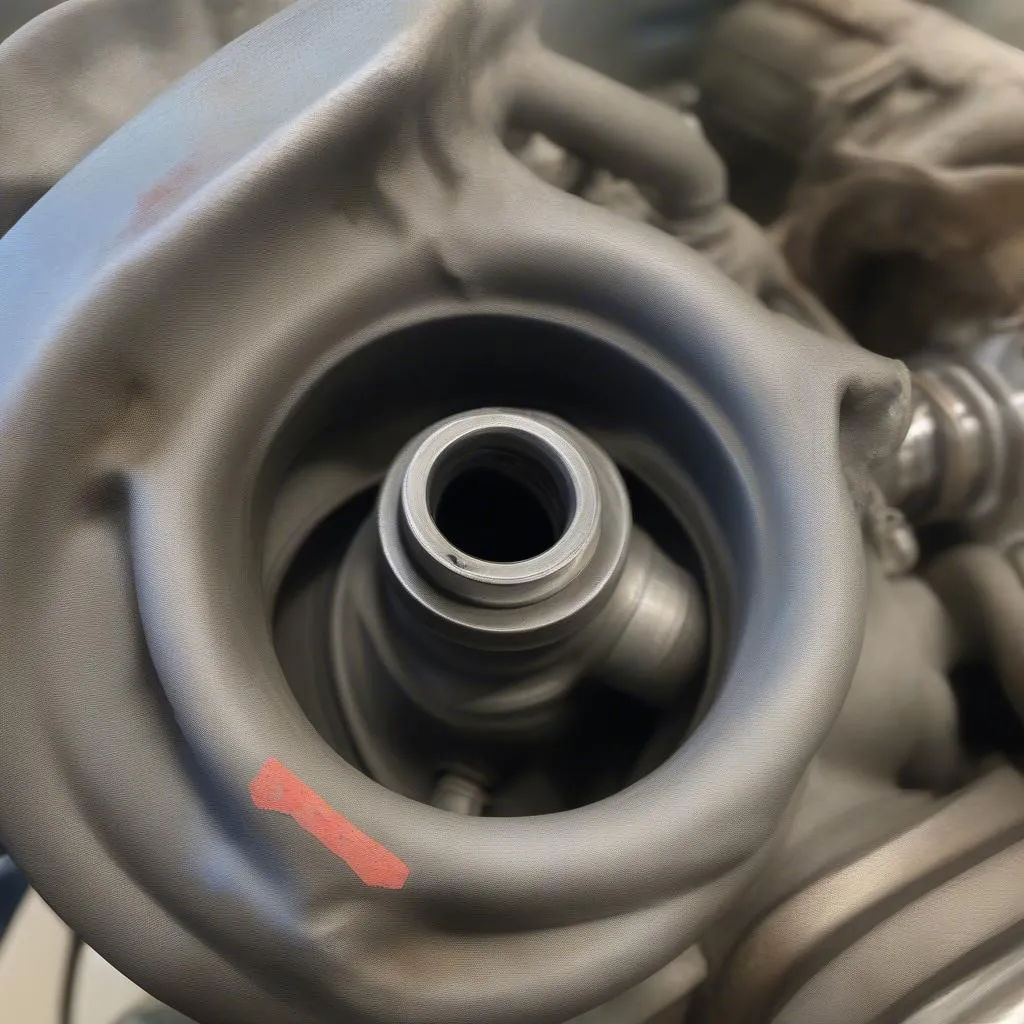Is your Mercedes cruise control giving you trouble? Don’t worry, you’re not alone. Cruise control issues are a common problem in Mercedes vehicles, but the good news is that many of them can be fixed with some troubleshooting. This comprehensive guide will walk you through the common causes of Mercedes cruise control problems and provide a step-by-step guide to help you get it working again.
Understanding the Causes: Why is My Mercedes Cruise Control Not Working?
Before we dive into the solutions, it’s essential to understand the potential culprits behind a malfunctioning cruise control system. Here are a few common reasons:
- Faulty Brake Switch: The brake switch plays a crucial role in disengaging the cruise control when you apply the brakes. A malfunctioning brake switch can disrupt this communication, leading to cruise control problems.
- Blown Fuse: A blown fuse in the cruise control circuit can cut off power to the system, rendering it inoperable.
- Speed Sensor Issues: Your Mercedes relies on speed sensors to maintain a consistent speed while cruise control is engaged. If these sensors malfunction, the cruise control system might not receive accurate speed readings.
- Steering Wheel Control Module Problems: In many Mercedes models, the cruise control is integrated into the steering wheel control module. Issues within this module can lead to a range of problems, including cruise control failure.
- Vacuum Leaks (Older Models): Some older Mercedes models use a vacuum-operated cruise control system. Leaks in the vacuum lines can disrupt the system’s ability to maintain a constant speed.
Identifying the Problem: How to Diagnose the Issue
Pinpointing the exact cause of your Mercedes cruise control malfunction is crucial for effective repair. Here are some steps to help you diagnose the problem:
- Check the Basics: Begin by inspecting the obvious – ensure the cruise control is switched on and the speed is set above a certain threshold (usually around 25 mph).
- Test the Brake Pedal: Pay close attention to how the cruise control responds when you engage and disengage the brake pedal. If you notice any inconsistencies, it might point to a faulty brake switch.
- Inspect the Fuses: Locate your Mercedes’ fuse box (refer to your owner’s manual) and check the fuse associated with the cruise control system. A blown fuse will have a broken wire.
- Use a Diagnostic Scanner: For a more comprehensive diagnosis, consider using an OBD-II scanner. These handy tools can read error codes stored in your car’s computer, providing valuable insights into the issue. For Mercedes vehicles, we recommend using professional-grade diagnostic tools such as those available at Cardiagtech.
 Mercedes Diagnostic Scanner
Mercedes Diagnostic Scanner
Gathering Your Tools: What You’ll Need for the Fix
Depending on the root cause of your cruise control problem, you might need some tools to carry out the repair. Here’s a list of common tools that come in handy:
- Screwdriver Set: Essential for removing panels and accessing components.
- Socket Wrench Set: Useful for dealing with nuts and bolts.
- Multimeter: A multimeter will help you test electrical components like the brake switch.
- Replacement Parts: If you’ve identified a faulty component, make sure to have the correct replacement part on hand before starting the repair.
- OBD-II Scanner: For reading error codes and diagnosing electronic issues.
“It’s always a good idea to have a reliable OBD-II scanner on hand, especially for modern Mercedes vehicles,” says automotive expert John Miller, author of “The Complete Guide to Mercedes Repair.” “These scanners can save you time and money by helping you quickly pinpoint the source of the problem.”
Fixing the Mercedes Cruise Control: A Step-by-Step Guide
Remember, attempting DIY repairs on your Mercedes should only be done if you have a good understanding of automotive mechanics. If you’re unsure about any step, it’s always best to consult a qualified mechanic.
Important: Disconnect the negative terminal of your car battery before working on any electrical components.
- Replacing the Brake Switch:
- Locate the brake switch, usually found above the brake pedal.
- Disconnect the electrical connector.
- Unscrew and remove the old switch.
- Install the new brake switch and reconnect the electrical connector.
- Replacing a Blown Fuse:
- Open the fuse box and identify the cruise control fuse (consult your owner’s manual).
- Remove the blown fuse and replace it with a new one of the same amperage.
- Addressing Speed Sensor Issues:
- Speed sensor replacement often requires specialized tools and knowledge. If you suspect a faulty speed sensor, it’s recommended to consult a professional mechanic.
- Steering Wheel Control Module Troubleshooting:
- Issues within the steering wheel control module are best handled by a qualified Mercedes technician.
 Mercedes Cruise Control Repair
Mercedes Cruise Control Repair
FAQs: Addressing Common Questions
Q1: My Mercedes cruise control won’t engage at all. What could be the issue?
A: Several issues could be at play, including a faulty brake switch, a blown fuse, or a problem with the cruise control module itself. Start by checking the basics like fuses and gradually move towards more complex components.
Q2: My cruise control works intermittently. What could be causing this?
A: Intermittent issues can be tricky to diagnose. Loose connections, a failing brake switch, or a wiring problem could be potential culprits.
Q3: Can I use any OBD-II scanner for my Mercedes?
A: While basic OBD-II scanners can read generic codes, investing in a scanner specifically designed for Mercedes vehicles is recommended. You can find high-quality Mercedes diagnostic tools at CARDIAGTECH. These specialized scanners offer more in-depth diagnostics and access to manufacturer-specific codes.
In Conclusion: Getting Your Cruise Control Back on Track
A malfunctioning cruise control system can be a frustrating experience. By understanding the common causes and following this guide, you can increase your chances of resolving the issue yourself. However, it’s crucial to remember that working on your Mercedes requires knowledge and caution. If you’re unsure about any step or suspect a complex problem, seeking help from a qualified Mercedes technician is always the safest and most reliable course of action.


